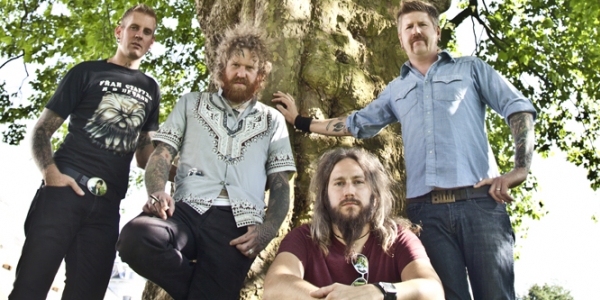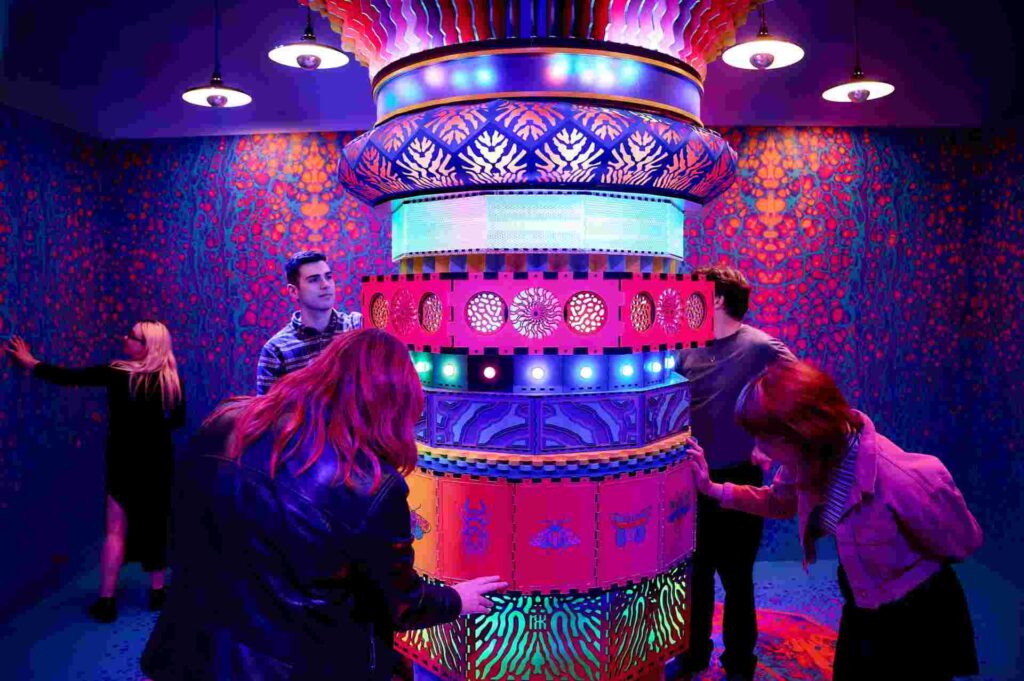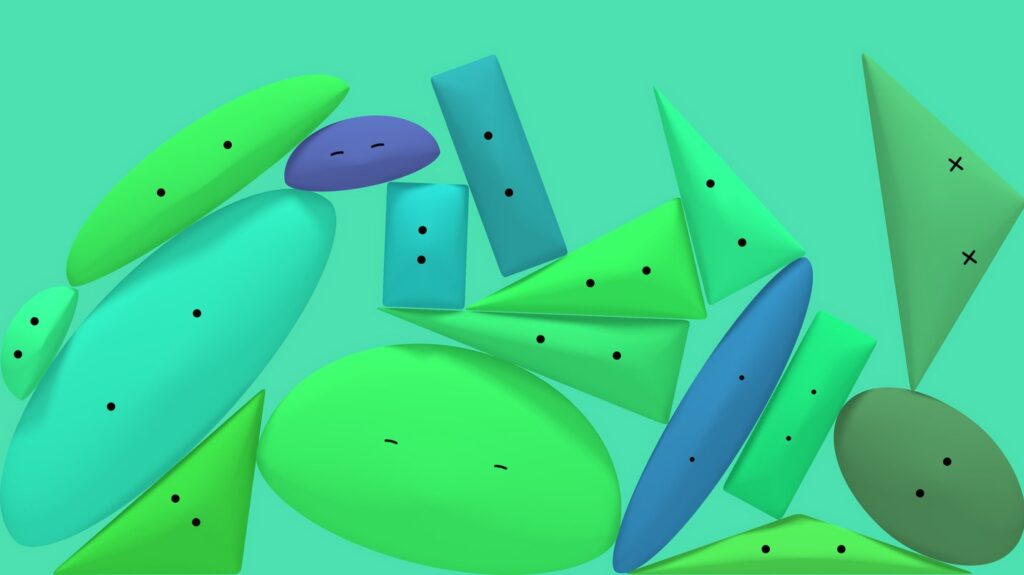Sir Arthur Conan Doyle’s fictitious sleuth used his considerable powers of deduction, not brawn or violence, to solve crimes. Fans of the detective would have been horrified at the way in which British director Guy Ritchie (Snatch, Lock, Stock And Two Smoking Barrels, etc) has messed with the tone of the character, turning him into an action hero in 2009’s bloated Sherlock Holmes. There were lots of fisticuffs and action, but precious little of his famed deductive reasoning. Despite the critical mauling it received though, that film was enormously successful at the box office, grossing some $524 million.
With his perennial stubble, smug attitude, and cocky mannerisms, Robert Downey Jr was also totally miscast as Holmes. He brought a physical presence and some cynical humour to the role. It is one thing to try and reinvent a much loved figure on the screen (think what Christopher Nolan did to Batman), but there needs to be some fealty to the origins, motivations and actions of the character.
In this unnecessary and disappointing sequel, director Ritchie continues to trample all over the legacy and memory of Doyle’s famous sleuth. Holmes was never really a man of action, but here Ritchie has turned him into a Victorian era James Bond, travelling through exotic locations across Europe to stop a megalomaniacal villain from starting a war.
Storm clouds are gathering over Europe as the continent moves closer to war. In the middle of “the most important case of his career”, Holmes suspects that one person is behind a sinister series of bombings across Europe – the brilliant criminal mastermind Professor Moriarty (Jared Harris), a respected academic whom Holmes calls “the Napoleon of crime.” With the help of an anarchist group, Moriarty has his own mercenary reasons for starting a war. He is busy buying up weapons manufacturing companies and hopes to profit from the conflagration. The chase takes Holmes and Watson through France and Germany and on to Switzerland, where Moriarty plans to disrupt peace talks by assassinating a key diplomatic figure. And any fan of the original books will know exactly where this is headed as soon as they see the establishing shot of Reichenbach Falls in Switzerland.
There are lots of explosions, chases, shoot-outs and fights, which is a far cry from what Conan Doyle imagined for his character. This is an empty spectacle that will disappoint fans of Holmes, and particularly those who hold a soft spot for Basil Rathbone’s definitive portrayal from the 1940’s. The story, written by husband and wife team of Michele and Kieran Mulroney (the 2009 comedy/drama Paper Man, etc) makes little sense, and the plot seems merely a hook on which to hang a series of over the top and elaborate action sequences.
One of the few strengths of the original was the easygoing chemistry between Downey and Jude Law, who played his loyal offsider Watson. Here Law reprises his role as the loyal Watson, who is on the verge of getting married when Holmes whisks him off to Europe. But this time the homoerotic undertones in their relationship become more overt and are played for humour, especially in one scene when Holmes disguises himself as a woman.
Swedish actress Noomi Rapace, best known for playing bisexual cyber hacker Lisbeth Salander in the original Millennium series, seems out of place here as the clairvoyant gypsy Madame Simza Heron, who gets dragged into the action. Harris underplays his role as Holmes’ enigmatic nemesis, and there is little real tension in the battle of wits between the two men. The relationship between the two adversaries has been explored in film before, with much more menace and depth (films like The Seven Per Cent Solution, etc).
And the usually enjoyable Stephen Fry brings some touches of humour to his role as Mycroft Holmes, Sherlock’s aloof and smarter brother, but even his affable presence cannot save this dire project. Rachel McAdams briefly reprises her role from the first film as the duplicitous Irene Adler, but she is quickly dispensed of here.
Ritchie directs with his usual hyper-kinetic energy, but again he slows the action down at key points to enable Holmes to forensically dissect what is happening. But the overuse of slow motion during some of the key action scenes becomes a distraction. On the positive side though, cinematographer Philippe Rousselot’s lensing of 19th century Paris and the spectacular wintry Alps of Switzerland is superb, and Sarah Greenwood’s production design is quite impressive.







